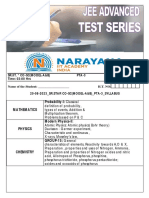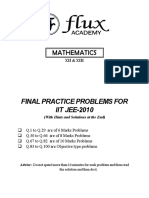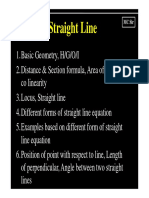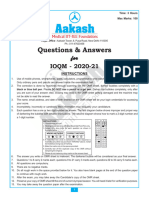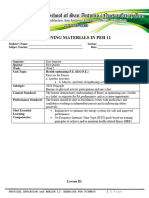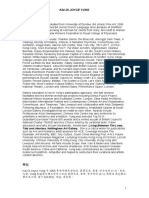0% found this document useful (0 votes)
405 views9 pagesLecture Notes Probability Theory (5thsem) 3
These class notes are prepared for the 5th semester Non-CBCS students for the paper probability theory according to Gauhati University Syllabus.
Uploaded by
MrigankaCopyright
© © All Rights Reserved
We take content rights seriously. If you suspect this is your content, claim it here.
Available Formats
Download as PDF, TXT or read online on Scribd
0% found this document useful (0 votes)
405 views9 pagesLecture Notes Probability Theory (5thsem) 3
These class notes are prepared for the 5th semester Non-CBCS students for the paper probability theory according to Gauhati University Syllabus.
Uploaded by
MrigankaCopyright
© © All Rights Reserved
We take content rights seriously. If you suspect this is your content, claim it here.
Available Formats
Download as PDF, TXT or read online on Scribd
/ 9




























